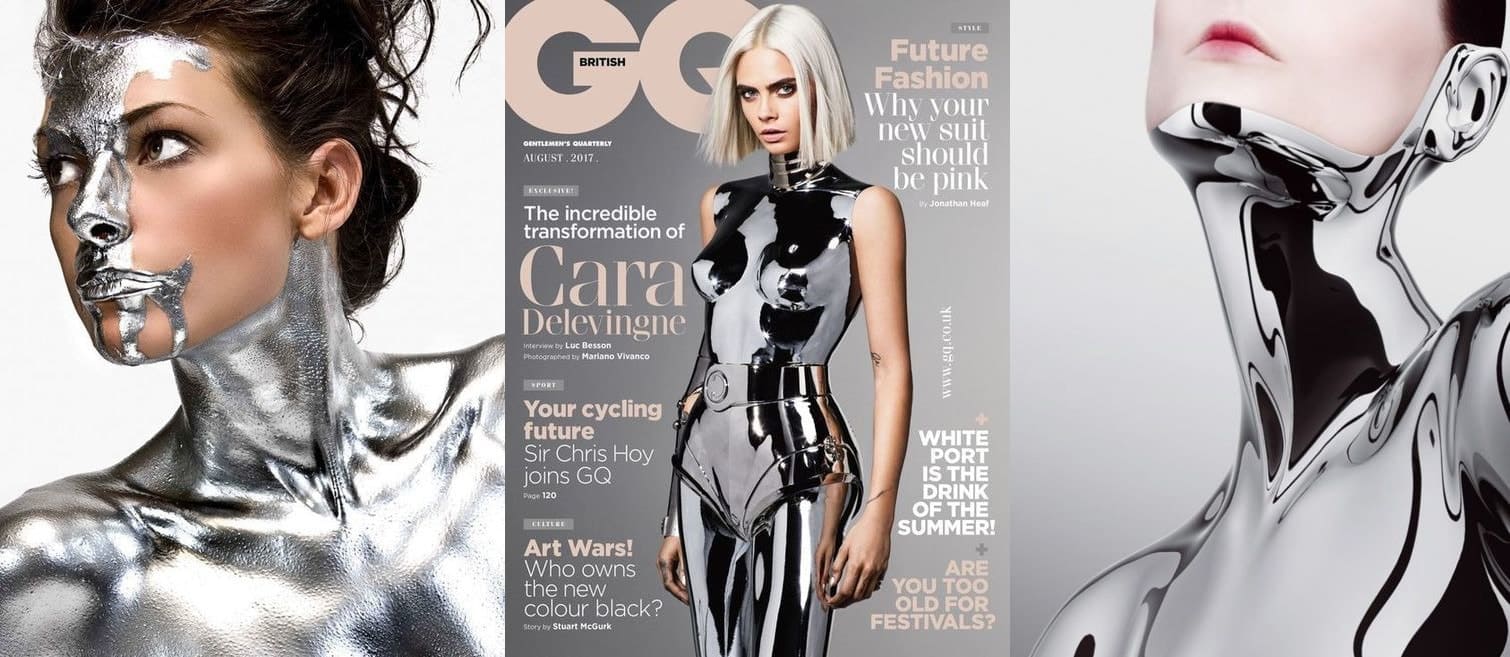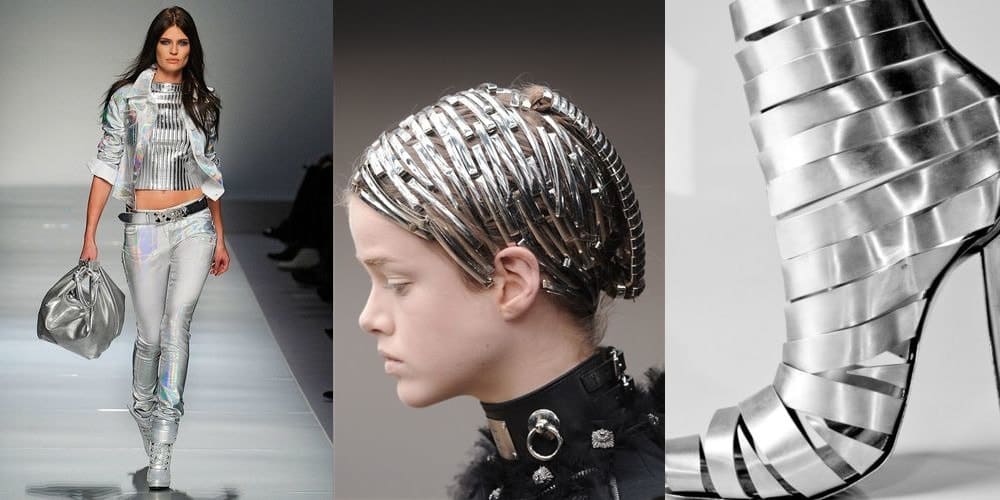Thus, the spiciest detail of any woman's wardrobe, the bra, as well as its predecessor, the corset, consists not only of fabric, but also of metal wires that allow it to keep its shape and properly support the breast.
It is believed that Catherine de' Medici, wife of King Henry II of France, was the first, in 1550, to wear a corset made of fabric and metal. All of the court ladies followed her example. In the –16th and 17th centuries in Spain, corsets were made of leather and metal plates, and such underwear was a kind of instrument of torture for the fairer sex: it not only squeezed the chest, but also cut into the skin. But the corset revolution did not have to wait for long. Over time, this underwear has become more and more comfortable. And in 1903, Ghosh Saro, a woman doctor, came up with something completely new: she cut the corset in half, the upper part was a bra and the bottom part -was a belt tightening the belly. In 1914, American Mary Pheps patented the bra, which to this day is an integral part of a woman’s wardrobe and metal is still often used for its ‘wires’.

Another important attribute of clothing and a component of many fashion collections is the ordinary zipper. It has long outgrown its main function as a fastener and gradually become an essential accessory.
The zipper was first invented by Whitcomb L. Judson, a factory worker from Chicago. His invention was first presented to the general public at the World Columbia Exhibition in Chicago in 1893 under the name ‘C-curity’. At that time it was not possible to find the commercial aspect of the discovery because there was no practical use for the zipper.
The zipper as we know it today was invented by Gideon Sundback in 1913, and ten years later was marketed as a ‘zipper’ by B.F. Goodrich Company in 1923. The English name zipper comes from the sound it makes when fastening. Since then, the continued sales of the zipper have made it one of the main characters in the fashion industry, not only for the creation everyday clothing, but also in accessories and collections of couture fashion.
Originally, both elements of zipper , the slider and the teeth, were made of steel. Over time, the steel zipper has been replaced by various alternative materials such as nickel, brass, aluminium and plastic.
Fashion designers have switched from the zipper to other elements of decor made from steel and other metals: rivets, chains, bracelets, clasps and buttons. And leather and steel have become best friends: leather jackets, bags, shoes and dresses look great with steel elements.

Another interesting fashion item is surgical stainless steel. It is used to make medical instruments such as scalpels and injection needles. However, designers began to make unique things that women of fashion wear as minimalist jewellery from this material. The main advantages of such products are their high resistance to discoloration, lack of elements that can cause skin allergies, and the durability of the material. Modern surgical stainless steel bracelets are very popular as fashion jewellery.
Fashion does not stand still and follows the general trends in the development of society. So decadent materials and mindless fashion trends are becoming a thing of the past, while environmental friendliness, local production and innovative materials play a crucial role in the industry.
Designers whose collections are made from recyclable materials, such as fabrics, plastic and metal, are trendy. The advantage of steel is that it is 100% recyclable. This inspired Swedish couturier Naim Josefi to use jewellery made of rolled steel to create a dress for actress Bahar Pars, who appeared in it at the Academy Awards ceremony in February 2017.
The dress was made from approximately 6,000 ultra-thin steel sequins manufactured by Voestalpine Precision Strip AB in Sweden. Each of the 6,000 blade-thick steel sequins was hand-sewn. Ian Jones, the head of sales and deputy managing director at Voestalpine, emphasises "a complex series of high-precision cold rolling and annealing cycles to achieve these ultra-thin thicknesses." As a result, the plates are thinner than mulberry silk.
The couturier was so passionate about the material that he expanded the concept and decided to use several shades of blue. Through a series of oxidation experiments, the researchers were able to paint a 0.022 millimetre thick steel strip in different shades of blue. This unique dress became the centrepiece of Josefi's collection at Stockholm Fashion Week.
"I want to surprise, create something unexpected, and at the same time, environmental friendliness is also very important for me, and since steel is 100% recyclable, this dress has become exactly what I wanted to show the world," says Naim Josefi. "All my collections are based on scientific research. Technology helps me implement complex ideas and thoughts," he says.
Such creations prove that steel can suddenly turn into a stylish and beautiful fashion item. This material finds its place both in casual clothing collections and in couture fashion due to its environmental friendliness, durability, functionality and unique appearance.
